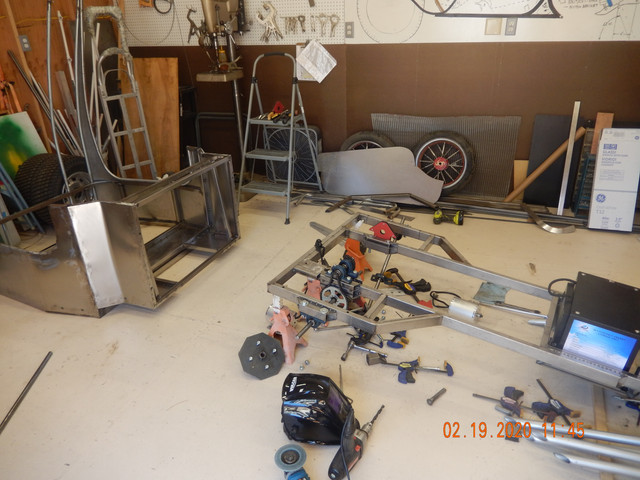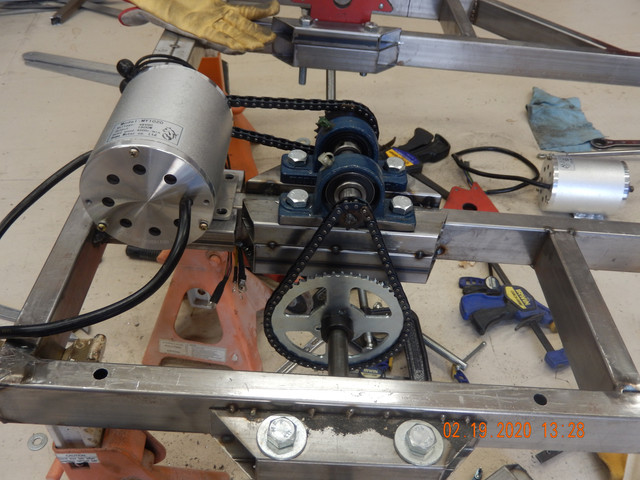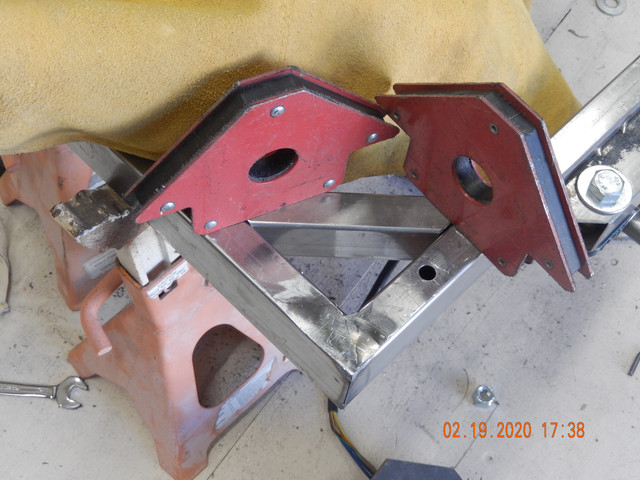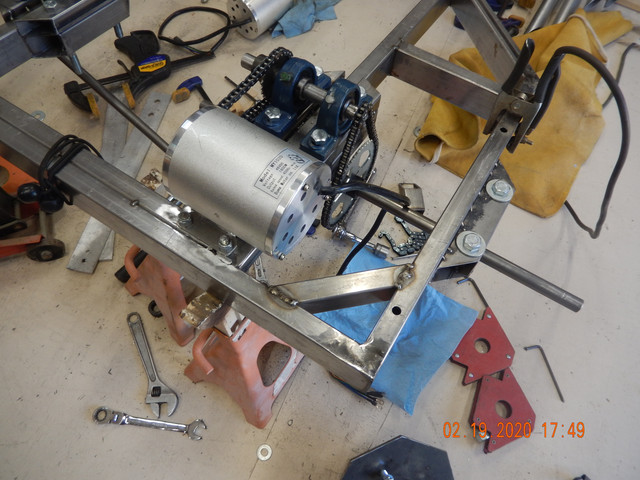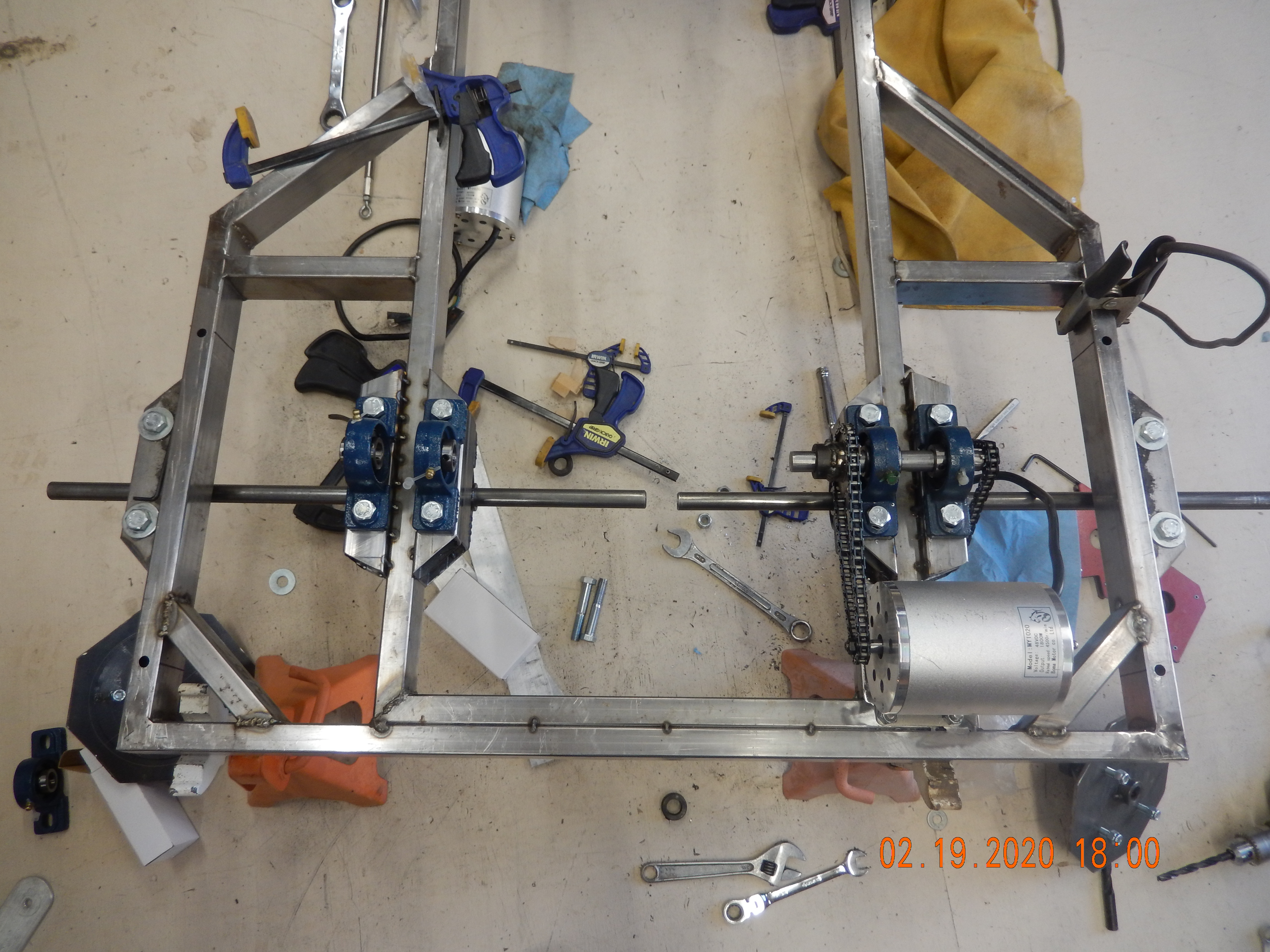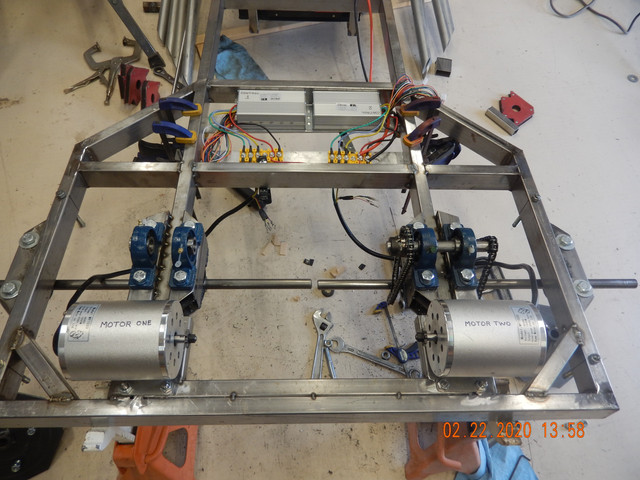Just_Ed
10 kW
Hillhater said:Ok, but using those dims,. You could get a 9” dia brake rotor on with an extended JS
But no big deal if you are committed to the existing set up.
..( but its good to know my eyeball is still calibrated ! :wink: ) :thumb:
Not really sure that I 'need' such a large rotor.
Remember I'm only doing a max of 25 mph.
Maybe two of these would do just as well.
https://www.ebay.com/i/303250940548?rt=nc&_trkparms=aid%3D1110001%26algo%3DSPLICE.SIM%26ao%3D2%26asc%3D225074%26meid%3D1486e365e13547169e0721307bc9aaf2%26pid%3D100677%26rk%3D12%26rkt%3D30%26mehot%3Dnone%26sd%3D283684236525%26itm%3D303250940548%26pmt%3D1%26noa%3D1%26pg%3D2386202


